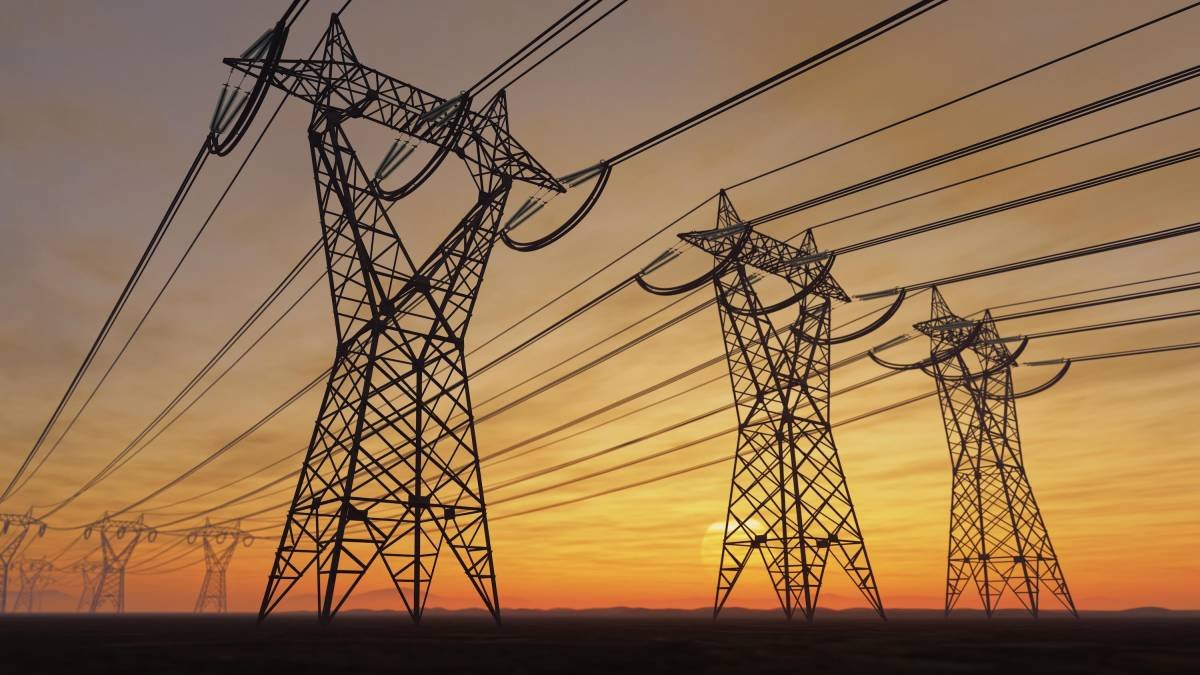Funding & Business
Data center tweaks could unlock 76 GW of new power capacity in the US

Tech companies, data center developers, and power utilities have been panicking over the prospect of runaway demand for electricity in the U.S. in the face of unprecedented growth in AI.
Amidst all the hand wringing, a new paper published this week suggests the situation might not be so dire if data center operators and other heavy electricity users curtail their use ever so slightly.
By limiting power drawn from the grid to 90% of the maximum for a couple hours at a time — for a total of about a day per year — new users could unlock 76 gigawatts of capacity in the United States. That’s more than all data centers use globally, according to Goldman Sachs. To put that number into perspective, it’s about 10% of peak demand in the U.S.
If data centers were to curtail their use more, they could unlock progressively more capacity.
Such programs aren’t exactly new.
For decades, utilities have encouraged big electricity users like shopping malls, universities, and factories to curtail their use when demand peaks, like on hot summer days. Those users might turn down the air conditioning or turn off thirsty machines for a few hours, and in return, the utility gives them a credit on their bill.
Data centers have largely sat on the sidelines, instead opting to maintain uptime and performance levels for their customers. The study argues that data centers could be ideal demand-response participants because they have the potential to be flexible.
There are a few ways that data centers can trim their power use, the study says. One is temporal flexibility, or shifting computing tasks to times of lower demand. AI model training, for example, could easily be rescheduled to accommodate a brief curtailment.
Another is spatial flexibility, where companies shift their computational tasks to other regions that aren’t experiencing high demand. Even with data centers, operators can consolidate loads and shut down a portion of their servers.
And if tasks are mission critical and can’t be delayed or shifted, data center operators can always turn to alternative power sources to make up for any curtailment. Batteries are ideally suited for this since even modestly sized installations can provide several hours of power almost instantaneously.
Some companies have already participated in ad hoc versions of these.
Google has used its carbon-aware computing platform, originally developed to trim emissions, to enable demand response. Enel X has worked with data centers to tap into the batteries in their uninterruptible power supplies (UPS) to stabilize the grid. And PG&E is offering to connect data centers to the grid quicker if operators agree to participate in a demand response program.
These tweaks won’t completely eliminate the need for new sources of power. But they might turn a potentially catastrophic situation — in which half of all new AI servers are underpowered — into one that’s more easily solved.
Funding & Business
Apple Delays Release of New iPhone Air in Mainland China

Apple delayed the launch of its iPhone Air in mainland China, citing regulatory approval issues, in a setback for a high-profile new product. Bloomberg’s Mark Gurman joins Caroline Hyde with the details on “Bloomberg Tech.” (Source: Bloomberg)
Source link
Funding & Business
Zohran Mamdani says he's willing to work with President Trump

“I would be happy to work with the president and the administration on anything that would benefit New Yorkers.”
Zohran Mamdani, the Democratic nominee for mayor of New York City, said he’s willing to work with Donald Trump, even as the US president disparages him as a “communist lunatic.” (Source: Bloomberg)
Source link
Funding & Business
Putin 'Testing' How Far He Can Take Actions in Europe

Mara Rudman, professor at the University of Virginia’s Miller Center and a former US diplomat, said Russian President Vladimir Putin is consistently testing the US to see how far he can go in Ukraine and in threatening NATO. (Source: Bloomberg)
Source link
-

 Business2 weeks ago
Business2 weeks agoThe Guardian view on Trump and the Fed: independence is no substitute for accountability | Editorial
-
Tools & Platforms1 month ago
Building Trust in Military AI Starts with Opening the Black Box – War on the Rocks
-

 Ethics & Policy2 months ago
Ethics & Policy2 months agoSDAIA Supports Saudi Arabia’s Leadership in Shaping Global AI Ethics, Policy, and Research – وكالة الأنباء السعودية
-

 Events & Conferences4 months ago
Events & Conferences4 months agoJourney to 1000 models: Scaling Instagram’s recommendation system
-

 Jobs & Careers2 months ago
Jobs & Careers2 months agoMumbai-based Perplexity Alternative Has 60k+ Users Without Funding
-

 Podcasts & Talks2 months ago
Podcasts & Talks2 months agoHappy 4th of July! 🎆 Made with Veo 3 in Gemini
-

 Education2 months ago
Education2 months agoVEX Robotics launches AI-powered classroom robotics system
-

 Education2 months ago
Education2 months agoMacron says UK and France have duty to tackle illegal migration ‘with humanity, solidarity and firmness’ – UK politics live | Politics
-

 Funding & Business2 months ago
Funding & Business2 months agoKayak and Expedia race to build AI travel agents that turn social posts into itineraries
-

 Podcasts & Talks2 months ago
Podcasts & Talks2 months agoOpenAI 🤝 @teamganassi



















